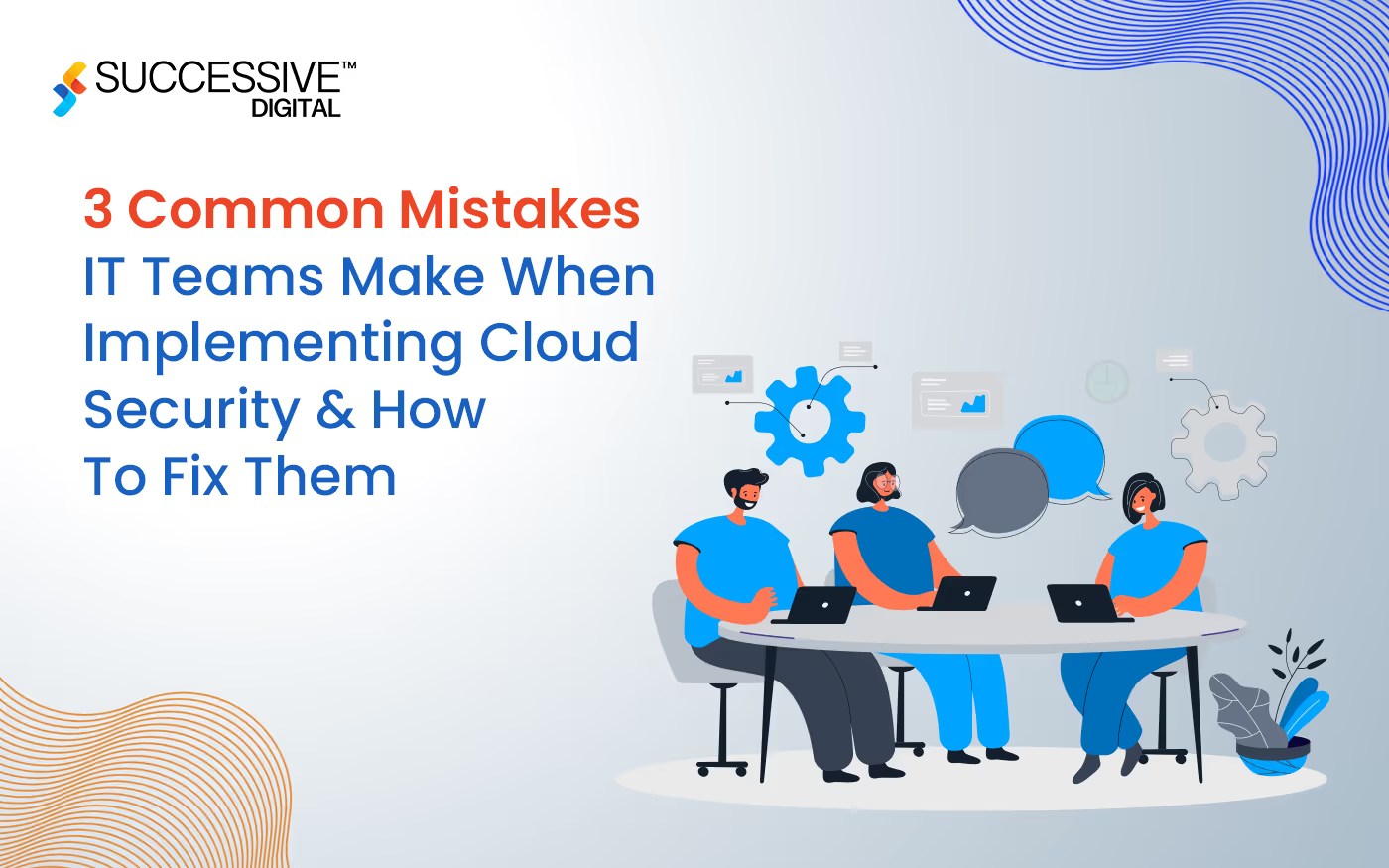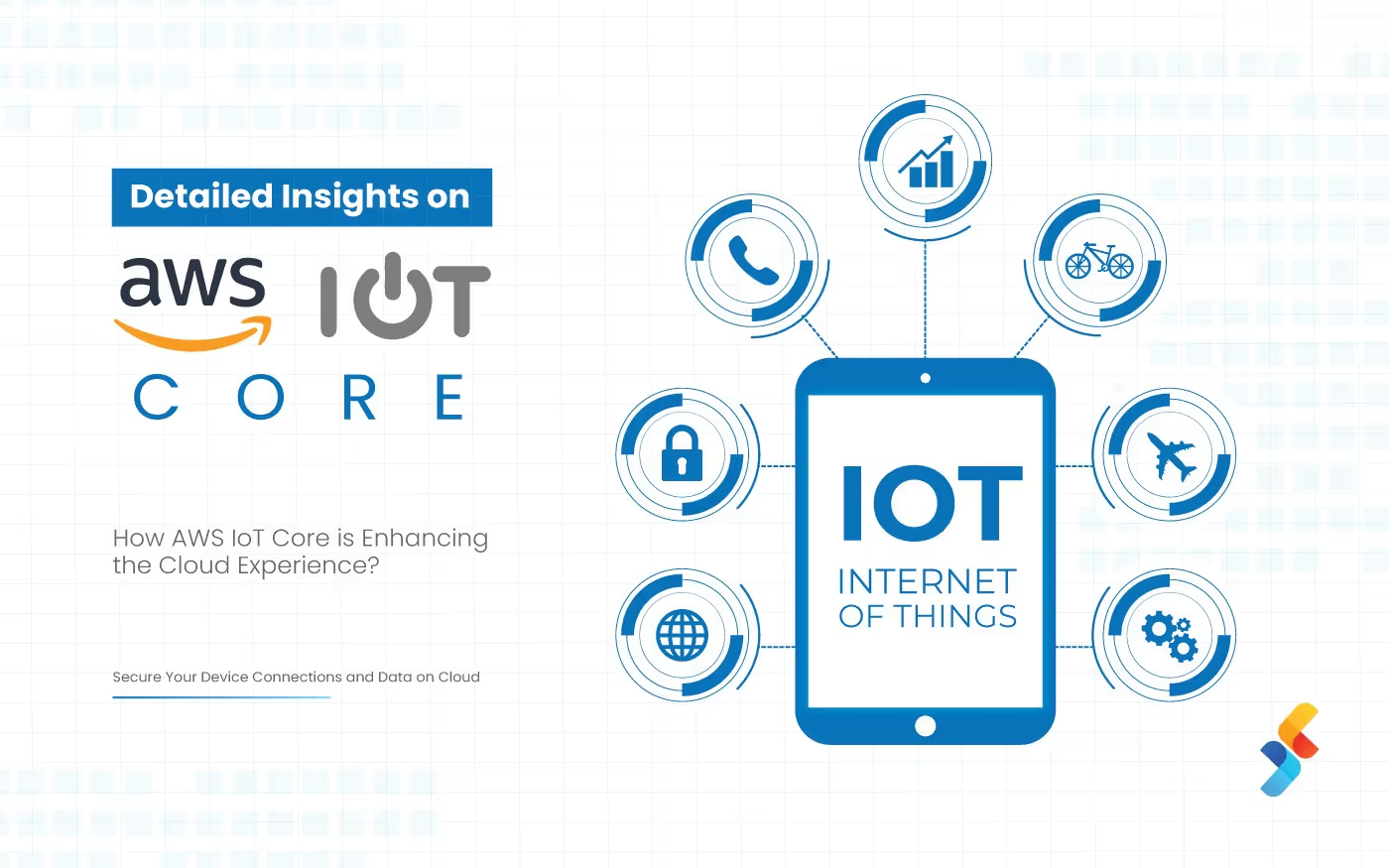The use of cloud technology has been steadily increasing, not just among smaller businesses seeking more cost-effective alternatives to physical infrastructure but also among larger enterprises taking advantage of its flexibility. However, a major challenge faced by organizations, especially those new to the cloud, is their lack of familiarity with its operation and how it differs from on-premises systems. Cloud setups typically involve multiple implementations, combining services from different providers alongside physical data centers.The challenge also encompasses security concerns, as there are potential hazards related to inadequate protection of cloud deployments and insufficient knowledge of the configuration details of cloud services. Numerous factors can contribute to exposing workloads and applications to attacks, such as misconfigurations, improper technology usage, inexperience with securing and operating cloud systems, and even oversights by developers or cloud engineers. The interconnected components of cloud systems make it difficult to identify potential attack vectors. For IT security personnel who are just starting to learn about cloud platforms and services, security can be an intimidating task.Being an enterprise cloud consulting company, we have helped several companies understand the shared responsibility model with cloud platforms and implemented proper security principles and practices to ensure robust security. During the process, we have also identified some common mistakes IT professionals make when implementing cloud security. Through this blog post, we will discuss those common cloud security errors an IT team often makes and how they can overcome them. Let’s begin.
1) Misconfiguration
For stakeholders who have a stake in contemporary DevOps procedures, cloud configuration mistakes are a substantial worry. These incorrect configurations frequently lead to a range of issues, from subpar performance and system downtime to data breaches. Cloud has introduced new attack surfaces. Not having the right understanding of how the cloud works adds to security vulnerabilities. There could be many more reasons faced by IT teams that led to misconfigurations, such as time constraints, complexity of systems, lack of resources, inadequate risk assessment, and lack of communication with the cross-functional teams such as legal and compliance. Not having visibility into the core of the systems and specific requirements, along with the day-to-day pressure of completing the project, are often behind the configuration drift. “Once Caroline Wong, chief strategy officer for Cobalt.io, said that people are undermining security controls or giving away information without realizing that these misconfigured services could be used by bad people to do bad things.”What he means is whether it is a very verbose error message or you are disclosing a software version, or you have left a database publicly accessible that can help a person attack your application. Here are a few incidents that have shaken the cybersecurity world:
- Top cybersecurity firms, including TrendMicro and UpGrade, have reported many cases in which companies have misconfigured Amazon Simple Storage Service (S3) buckets. When dived deep, TrendMicro had identified where a developer mistakenly set a bucket to be world-writable that allowed unauthorized users to write to the bucket. Amazon Simple Storage Service (S3) bucket has been a prime target point among bad vectors for several malicious purposes, such as cryptojacking, e-skimming, and data exfiltration.
- Misconfiguration of resources is not new, it’s just migrated to the cloud as cloud has become a new environment for developing and deploying applications. According to Norton from Deloitte, companies have been facing the challenge of configuration drift for many years. However, due to the cloud's relatively unrestricted nature, processes move rapidly, and improperly configured services can rapidly spiral out of control.
To maintain the security of their cloud services, businesses must also prioritize the rapid implementation of security measures. What could be done is that the operations team can take an active role in discovering their company's cloud attack surface area. They must recheck the configuration and spot the forgotten services as these are highly targeted things and can be a gateway to the whole system.Other precautions that can be used are creating and implementing policies and templates along with auto configuration and security checks along with testing and retesting of the cloud services. 2) Poor Access ManagementThe ingredients for strong cybersecurity aren’t a secret. The use of two-factor authentication, together with a reasonable password policy, for example, is an age-old solution still suggested and practiced by top security and managed cloud service providers. Patching quickly and frequently is another best practice on the list. Still, companies experience malicious threats now and then. A commonly encountered problem is the absence of strict access security measures and the failure to implement the Principle of Least Privilege (PoLP) for both human and machine access to systems. With time, companies typically find it taxing to regulate admin privileges when they embrace cloud technologies. Cloud platforms have proposed a new set of IAM challenges for CIOs and their staff that: "Who can access what?". In order to effectively enhance the current IAM (Identity and Access Management) solution, organizations must address the key challenges that arise with IAM in the cloud.Since IAM solutions support the entire identity management and access control processes, such as onboarding based on assigned roles, automated onboarding using sources of truth such as human resources database, multifactor authentication with consistent management across systems and users regardless of location, business policies that dynamically determine under what circumstances network access is granted and the resources that can be used, the ability to swiftly and automatically revoke access for terminated employees across both on-premises and cloud resources, closely monitored and audited privileged accounts, and several other capabilities. All these solutions have their own set of features and associated business considerations. Companies often fail in implementing adequate IAM since IT teams lack the right skills or proper perspective and planning. Other reasons contribute to it are lack of management support, attention to the cloud and future requirements, end user guide and user role permission, misapplication of role access management and poor privileged access management practices. Organizations need to understand that IAM is an ongoing program. It also touches every facet of business operation, henceforth requires implementation and configuration based on prioritized risk assessments. Comprehensively planning for successful implementation and sustained value throughout the IAM (Identity and Access Management) life cycle involves recognizing potential pitfalls and taking measures to prevent them.3) Not Properly Backing Up DataContrary to what some IT professionals believe, backups are not "set it and forget it". Data backups need attention and they can fail. Therefore, IT teams need to plan backup execution carefully and build and set up a solution. Typical areas for backup failures include damaged backup or corrupted files, missing or failed backups, slow backups, and inaccessible backup. Imagine a situation where your solution indicates that backups have been successfully uploaded to storage, but when you attempt to recover them at a later date, you discover that the data has become corrupted. This can be a frightening experience because, without conducting adequate recovery tests, you cannot be certain that your data can be restored.As an IT professional managing backups, you must check data consistency frequently and perform recovery tests or you must be aware that your data could be corrupt. To overcome such scenarios, you must employ a modern-day backup solution with a proven, stable history. There are backup solutions available in the market which include automated data consistency checking in their offering. Another thing you must do is test the recoverability of your backups from time to time to be 100% sure so you can get your data back. Besides creating an automated data backup schedule, you can set up notifications about backups failing to complete. There are also high chances that you may lose access to your backup storage or backup media, thus losing precious time during a disaster. To avoid such situations, you must keep your password safe and you must not share your administrative credentials. Malefactors can also change your credentials on the backup storage, preventing you from accessing backups and recovering the data. You may observe logs to the backup media and storage for any suspicious activity and restrict your users from accessing the backup storage. Final WordsEnsuring robust cloud security depends on several factors, but misconfiguration, poor access management, and poor backup setting of data are the factors that make a huge impact on a business. Henceforth, the IT team must prioritize it and regularly review and update security protocols, including access controls and permissions, weak passwords, and providing employee training to ensure that your organization's data and systems are adequately protected. By avoiding these common mistakes and implementing best practices, IT teams can confidently take advantage of the many benefits that the cloud offers while keeping their sensitive information secure.
.avif)










.jpg)









